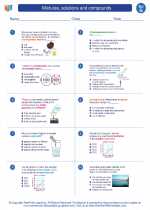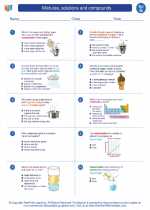Triassic Period
The Triassic Period is the first period of the Mesozoic Era, lasting from about 251 to 201 million years ago. It is known for significant geological, climatic, and evolutionary changes, including the evolution of the first dinosaurs, mammals, and flowering plants.
Key Events and Features of the Triassic Period:
- Breakup of the supercontinent Pangaea
- Rise of the dinosaurs and other archosaurs
- Development of the first mammals
- Mass extinction event at the end of the period, leading to the rise of new species in the Jurassic Period
Study Guide for the Triassic Period:
- What are some key geological and climatic changes that occurred during the Triassic Period?
- How did the breakup of Pangaea impact the distribution of landmasses and the evolution of life?
- Describe the significance of the rise of dinosaurs and other archosaurs during the Triassic Period.
- What role did the Triassic mass extinction event play in shaping the evolutionary trajectory of life on Earth?
- Compare and contrast the Triassic Period with the preceding and succeeding periods (Permian and Jurassic).





